Author: Zhao Xiaofei
IoT Think Tank Original
Please indicate the source and origin when reprinting

Introduction
Due to policy and historical reasons, the development of LoRa in China has primarily relied on market mechanisms, with most companies’ layouts, collaborations, and implementations being market-driven actions. Over the past year, these market behaviors have exhibited some distinct characteristics, which can be examined from the following five aspects.
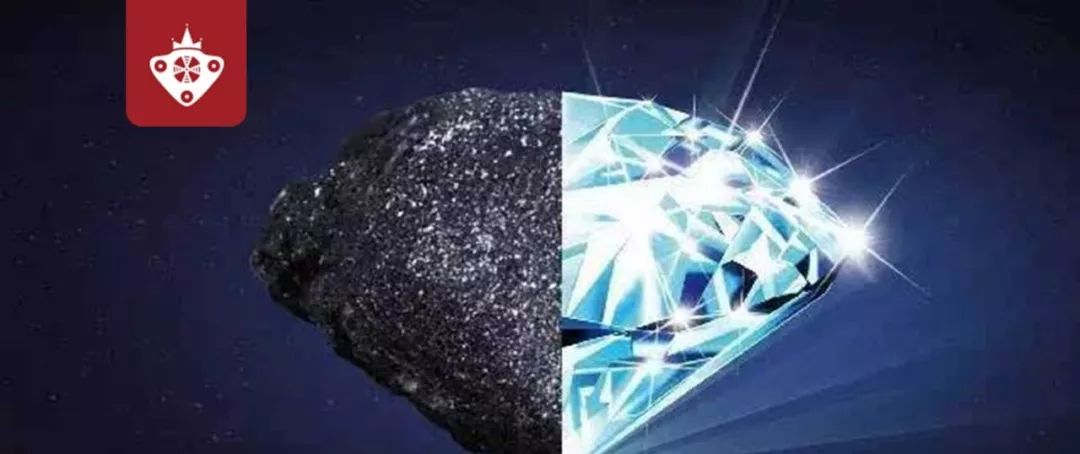
In the past three years, LoRa has transitioned from a new concept to one of the mainstream de facto standards in the IoT field in China. Recently, I attended the third China LoRa IoT International Summit held in Quzhou, which attracted over 600 representatives from the LoRa industry chain. During the conference, through communication with numerous practitioners, I discovered that the LoRa industry ecosystem has undergone several significant changes in 2018, which may have a notable impact on the IoT industry landscape.
Due to policy and historical reasons, the development of LoRa in China has always been market-driven, with most companies’ layouts, collaborations, and implementations being market-oriented actions. Over the past year, these market behaviors have also exhibited some distinct characteristics, which can be summarized from the following five aspects:
(1) Increased Diversity in the Ecosystem, Providing More Choices for Participants
One of the most notable characteristics of the LoRa ecosystem in 2018 is the entry of several influential companies in their respective fields, particularly the involvement of internet giants.Google, Alibaba, Tencent, and JD.com have all joined the LoRa Alliance as top-level members, hoping to establish their voice in the IoT and industrial internet sectors through LoRa. The influence of these internet giants in the industry synergizes with LoRa technology, further promoting the goal of making LoRa a global de facto standard for IoT. Additionally, the Tower Company, China Unicom, and various local broadcasting companies have begun to layout for the LoRa industry, further facilitating the implementation of LoRa across various sectors. Klara Technology, which initiated the LoRa application alliance in China, has not only achieved the largest shipment of LoRa base stations domestically but has also increased the number of companies in its application alliance to over 1,100, making the LoRa ecosystem more diverse.
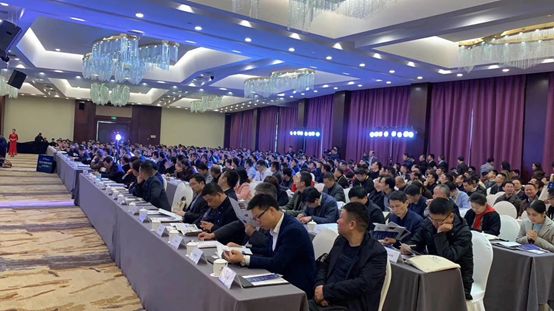
Of course, the continuous expansion and diversification of the ecosystem do not imply factionalism or territorial division; rather, it should provide more options and compel greater openness. In my view, whether it is the internet giants or groups like the Tower Company, Unicom, and broadcasting companies, they will maintain technological neutrality in their IoT business layouts, supporting more access methods and communication technologies. Joining the LoRa ecosystem precisely provides them with more choices, and the extent of their investment or deeper layout will depend on their strategic paths and market judgments.
(2) Breaking Through Single Applications, Accelerating Industry Scenario Expansion
Three years ago, when low-power wide-area networks (LPWAN) entered the industry’s view, both LoRa and NB-IoT had few deployable use cases to showcase, mostly limited to metering and parking applications. Many practitioners at various forums and seminars hoped to obtain more real-world application cases, but they remained limited to these very singular applications. Previously, LoRa terminals were primarily concentrated in utility metering fields such as electric and gas meters; however, in the past year, LoRa has also formed numerous deployable use cases in smart cities, intelligent buildings, smart parks, and smart security. Semtech’s IoT Business Director Vivek Mohan revealed that there are currently over 300 application scenarios formed across various vertical industries globally.
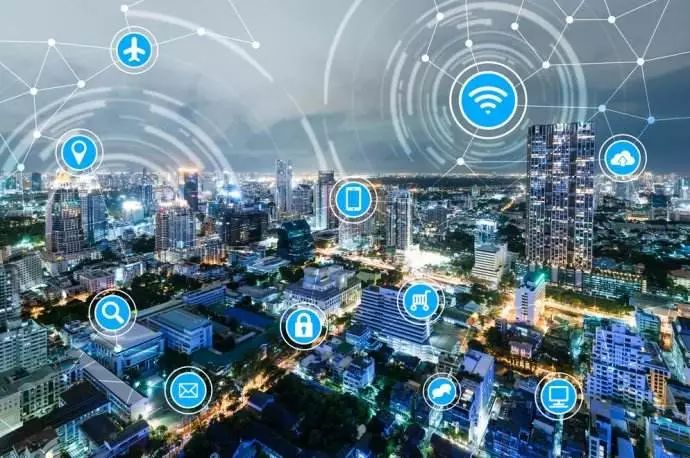
Of course, in the past year, NB-IoT has also seen a wide expansion of deployable use cases, forming hundreds of application scenarios, many of which are similar to those of LoRa. However, in my view, besides supporting application deployment in a public network format similar to NB-IoT, LoRa has also developed various flexible models for supporting these scenarios, such as large industries adopting private networks, enterprises deploying private network formats, and application vendors and users enhancing network coverage in their scenarios through blind spots or indoor gateways. Although facing similar scenarios, users can choose different network connection services based on their environments and primary pain points.
(3) Significant Growth in Product Shipments, Wide Area IoT Dominates
From a scale perspective, LoRa terminals currently have the largest shipment volume among all LPWAN technologies. Semtech’s data shows that there are 50 million deployed LoRa terminal nodes globally, and the shipment volume of LoRa chips in 2018 is expected to reach tens of millions. Semtech’s Vice President of Sales for China, Huang Xudong, revealed that the shipment volume of LoRa chips in the Chinese market accounts for more than half of the global total. It is well known that the draft released by the Ministry of Industry and Information Technology’s Radio Administration at the end of 2017 created certain policy risks for the development of LoRa in China, but despite this risk, the shipment volume of LoRa chips has still managed to grow against the trend, which can be expected to be driven by genuine market behavior. The latest financial report shows that the significant growth in product shipments has led the wireless and sensor products division, primarily focused on LoRa products, to account for 30% of Semtech’s revenue, making this relatively small chip company favored by Wall Street.

Of course, in recent years, many LoRa terminals have used point-to-point small wireless communication, but in the past two years, with the introduction of the LoRaWAN specification, whether in public networks, private networks, or private deployments, more and more applications have achieved connections in a star network format, becoming true wide-area IoT applications. In this process, in addition to the continuous updates of the LoRaWAN specification by the LoRa Alliance, domestic manufacturers have further innovated based on this, allowing the LoRaWAN specification to serve as a baseline while providing manufacturers with more space to accelerate application deployment. For example, manufacturers, including Klara Technology, have optimized and innovated LoRaWAN in terms of frequency point rules and data distribution, enabling better support for specific application scenarios, which has significantly promoted the rapid growth of LoRa product shipments.
(4) Greater Focus on Application Orientation, Further Opening of Underlying and Platform Layers
LoRa, as a linear spread spectrum modulation technology, has achieved considerable optimization and maturity at the physical layer, and mainstream manufacturers have done a lot of work to eliminate application barriers. As the IP owner of LoRa technology, Semtech has not only optimized LoRa chips in terms of process but has also performed performance optimizations to address many barriers in applications, with some optimizations directly targeting specific application scenarios. Therefore, its positioning is not just as a LoRa chip provider but also as a promoter of rapid LoRa deployment. In October of this year, Semtech provided Alibaba with the first LoRa IP license in China, objectively giving authorized companies more innovation space to design new chips with an application-oriented approach. Additionally, for numerous “disposable” scenarios, Semtech invested in a printed battery manufacturer at the beginning of this year to further promote smaller and cheaper LoRa modules.
Similarly, platform-level manufacturers are also continuously advancing the process of opening the industry chain. I noticed that Klara Technology’s IoT platform has begun to open up to third-party gateways and access networks, launching the GSP universal sensor device platform, allowing more gateways, modules, and sensors to quickly connect and form scale, which also aims to address application barriers.
(5) Continuous Improvement of the Survival Environment for Industry Chain Manufacturers
As practitioners, it is even more important to have confidence in the industry in which we operate. In recent years, I have maintained communication with numerous manufacturers in the LoRa industry chain, including sensor devices, modules, terminals, and solution providers. Most manufacturers have reported that their survival environment has continuously improved over the past three years. 2016 was the year when many small and medium-sized enterprises entered this field, and at that time, companies were optimistic about the prospects of LPWAN, but the lack of applications made survival somewhat difficult; however, after persevering through 2017, the survival environment improved entering 2018, with many manufacturers completing business and revenue in the first half of 2018 that exceeded their total for 2017, leading to improved profitability. Against the backdrop of an overall unfavorable macroeconomic environment, the ability of industry chain manufacturers to improve has indeed brought more confidence to industry practitioners.

Of course, this improvement in the survival environment is not explosive growth but rather linear growth. Currently, LPWAN is more focused on the industrial IoT market, where each vertical industry has its own development rules, operational processes, and interests that have existed for decades. The idea of IoT disrupting traditional industries and achieving explosive growth in a short time is clearly unrealistic; perhaps linear growth aligns more with the gradual penetration of IoT into industries. Although the LoRa industry chain practitioners, especially small and medium-sized enterprises, have not made “disruptive” innovations to traditional industries, they have brought marginal and incremental innovations, and their continuous improvement in the survival environment is also a result of market behavior.
On November 27, the Ministry of Industry and Information Technology’s Radio Administration released the “Public Consultation on the
—————————————————
Event Recommendations
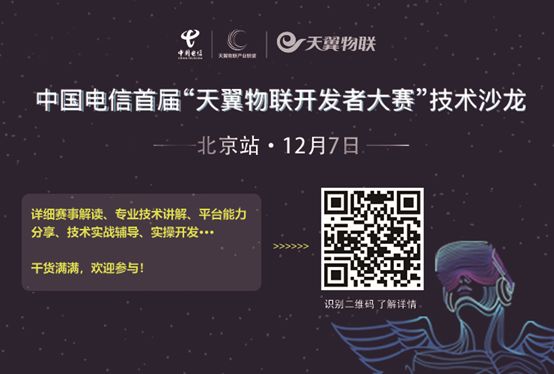
————————————–
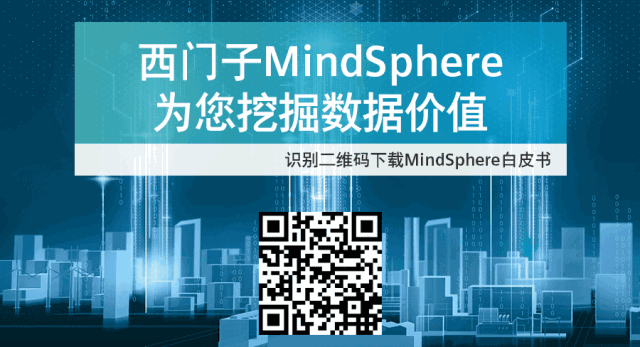
Scan the QR code or click on the end of the article 【Read Original】 to download the MindSphere white paper

Previous Hot Articles (Click on the article title to read directly):
-
“How Difficult is it to Make Smart Locks for Shared Bicycles?”
-
“Cognitive Computing, Blockchain IoT, IoT Security… Those Who Understand Will Control the Future”
-
“[Heavy Release] 2017-2018 China IoT Industry Panorama Report – The Deep Transformation of IoT to Industry Has Begun”
-
“[Heavy] IoT Industry Panorama Report, The First Domestic IoT Industry Two-Dimensional Perspective Panorama”
-
“A Cartoon Explains: Besides WiFi and Bluetooth, What Can the Recently Popular NB-IoT Do?”
-
“A Cartoon Explains: What is LoRa, the Technology Everyone is Talking About Behind NB-IoT?”